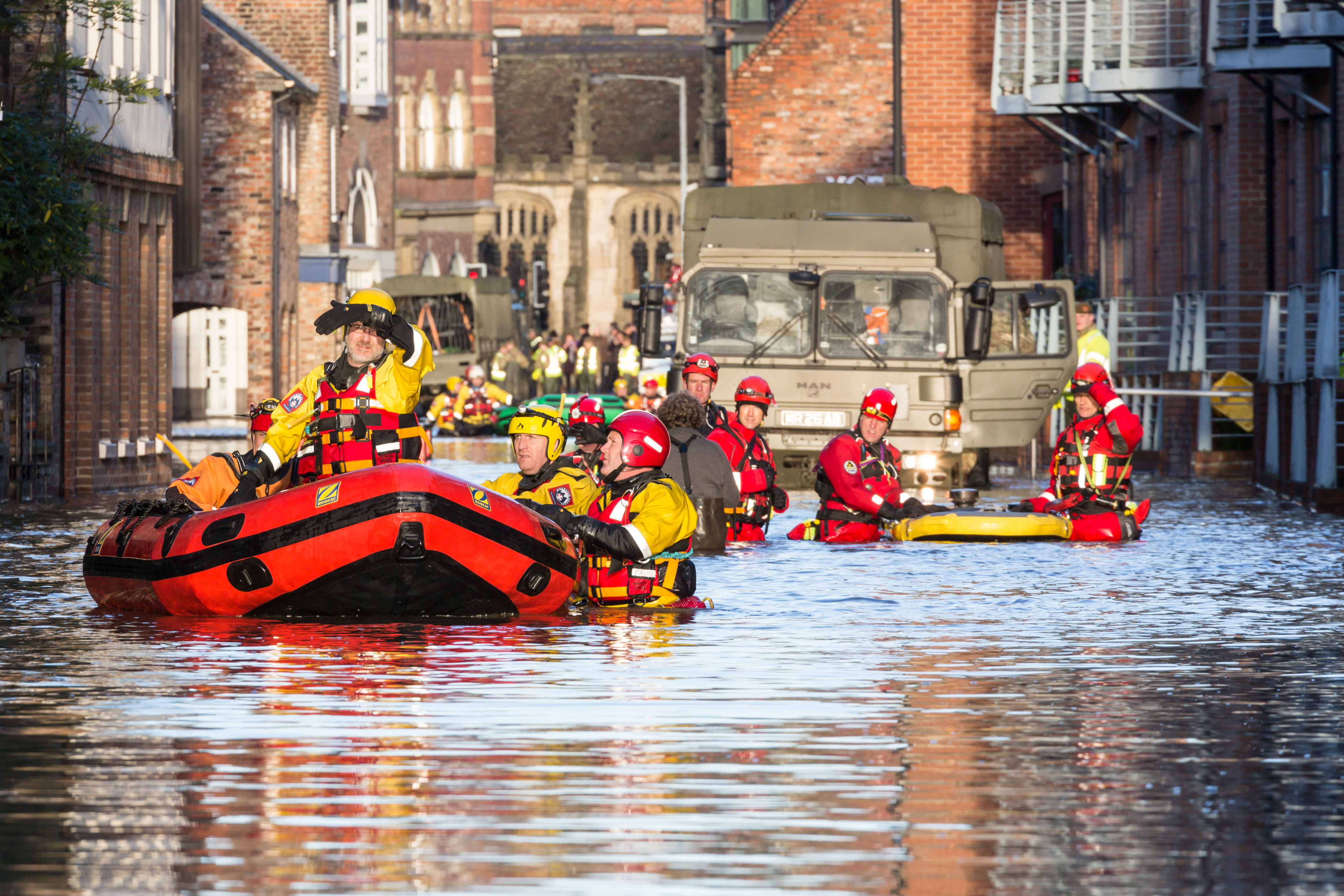Water is significantly impacted by climate change; its availability is altered as weather patterns shift, adding additional pressure to arid regions, causing flooding elsewhere, and creating uncertainty across the board.
Adaptation to extreme weather has long been on the agenda to help reduce the associated loss and
damages. The ability of countries, industries and communities to work together to adapt to floods, heat waves, droughts and storms will determine the human, societal and economic burdens we will face.
Scientists from the Joint Research Centre estimate annual damages from flooding in the EU and the UK currently amount to €7.6 billion. However, in a 3°C global warming scenario and without any adaptation to extreme weather events, this figure could rise to €44 billion per year. The same report also forecasts that every Euro invested in mitigation efforts would save €4 in avoided damages in the same 3°C scenario.
In the water sector, this translates to stormwater management, the use of early warning systems and
risk assessments to minimize the damages to infrastructure and environment. It also includes water
network optimization through digitalization and the use of local emergency storage capacity.
Meanwhile, an estimated 55 million people globally are affected by droughts every year. Severe
water scarcity has wide-reaching consequences for those directly impacted since it causes significant
damage to agriculture, global food supplies and energy production.
To mitigate the impact, it is crucial to implement robust wastewater treatment and water reuse systems. Once secured and treated, water needs to be reused to meet soaring demand. The technology is readily available to clean water and keep it in the loop for everything from industrial processes, irrigation and potable water.
In 2023, two thirds of the world population will face water scarcity — World Wildlife Fund.
Estimated adaptation costs in developing countries could reach $300 billion every year by 2030 —
United Nations Climate Action.
Heavy rains threaten health and environment in Ecuador
Digital innovation tackles infiltrations in the sewer network
Ecuador’s largest city, Guayaquil, is known for its warm tropical climate and the port city has experienced an increase in frequent heavy rainfall in recent years due to climate change. Despite ongoing efforts from the water utility, Interagua, to reduce flooding, problems caused by the complexity of the aged sewage system became a major local challenge. The existing issues with cracked and faulty sewage connections were further exacerbated, posing serious health, sanitation and environmental risks to the city.
To increase resilience, the city invested in Hubgrade Performance’s sewer module during maintenance works in 2021. This digital solution enables data-driven time series analysis based on any pump or flow data, contributing to improved decision-making and efficiency.
Predicting and understanding flow conditions was vital to get their system under control. And thanks to advanced and predictive analysis, the city’s sewer network infiltration levels could be constantly analyzed and maintenance tasks prioritized.
Additionally, the alerts and fault tracking allow more productivity, reducing inspection time and improving work efficiency. As a result the system grew in resilience, protecting the population
while preserving water resources and safeguarding the environment.
_____________________________________________
Unlocking the vital insight that lies beneath
Hubgrade Performance’s Sewer module provides real-time monitoring of sewer networks. The digital solution utilizes real-time data and advanced algorithms to provide continuously optimized setpoints offering valuable insight so operators can make informed decisions quickly.
By leveraging crucial real-time data such as rainfall, water level, flow data, and stormwater forecasting, the module helps increase the sewer system’s capacity to handle excessive flows. In
turn, this enhances the overall performance and resilience of wastewater networks while minimizing
environmental risks that can adversely impact human health.
Thanks to real-time optimization and with minimum investment, sewer operators can reduce
up to 40% of overflows.
____________________________________________
Watch a video highlight on this climate change trend:

Author | Louis Larsen
Louis Larsen began his career seven years ago at Veolia, assuming different roles within various Veolia entities worldwide. Recently taking over the role of digital sales & business development manager. With a background in chemical engineering, specializing in wastewater treatment, digital transformation, and process optimization, Louis now leads the development and growth efforts for Hubgrade Wastewater Plant Performance & Sewer at Veolia Water Technologies.


